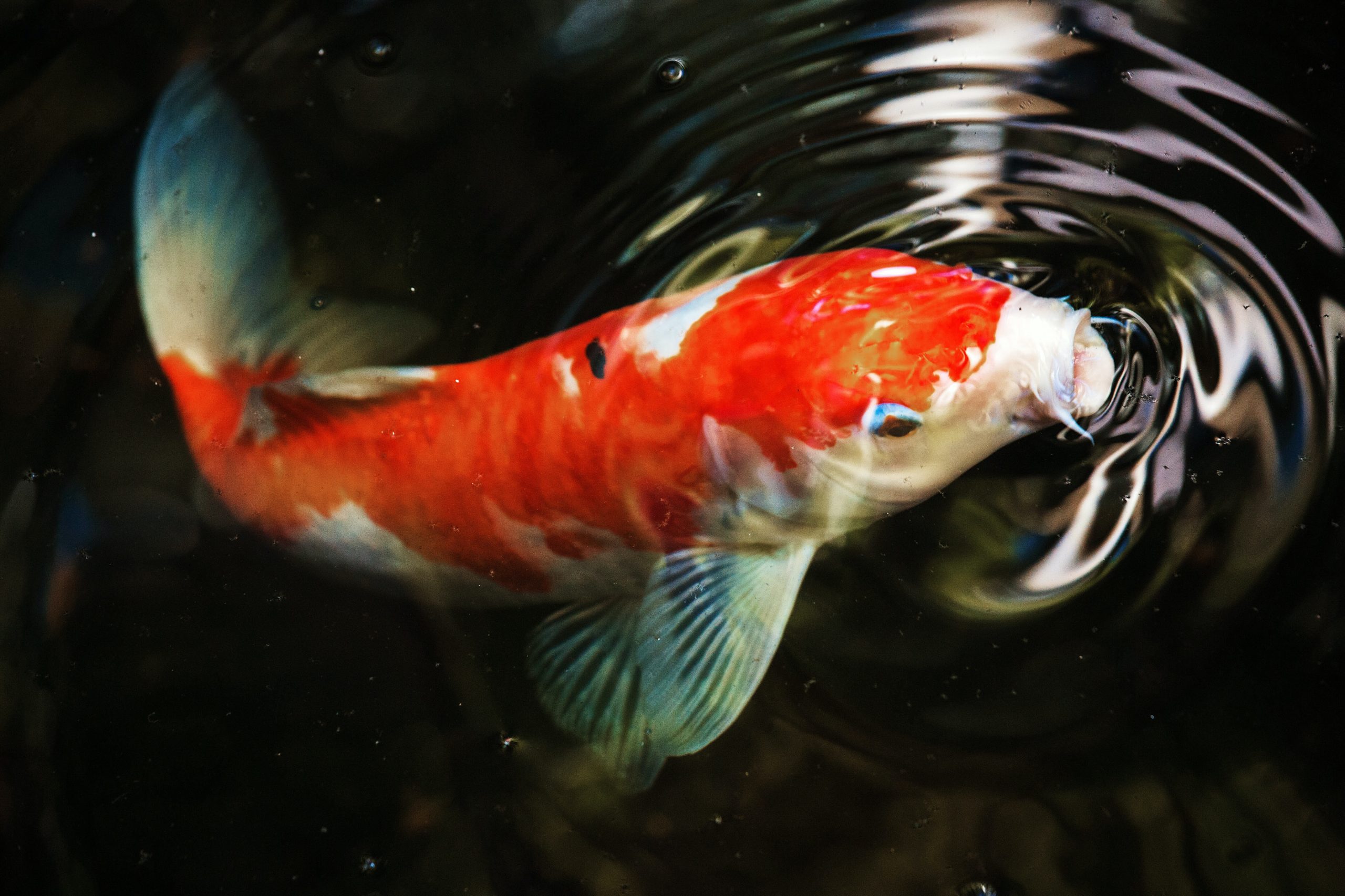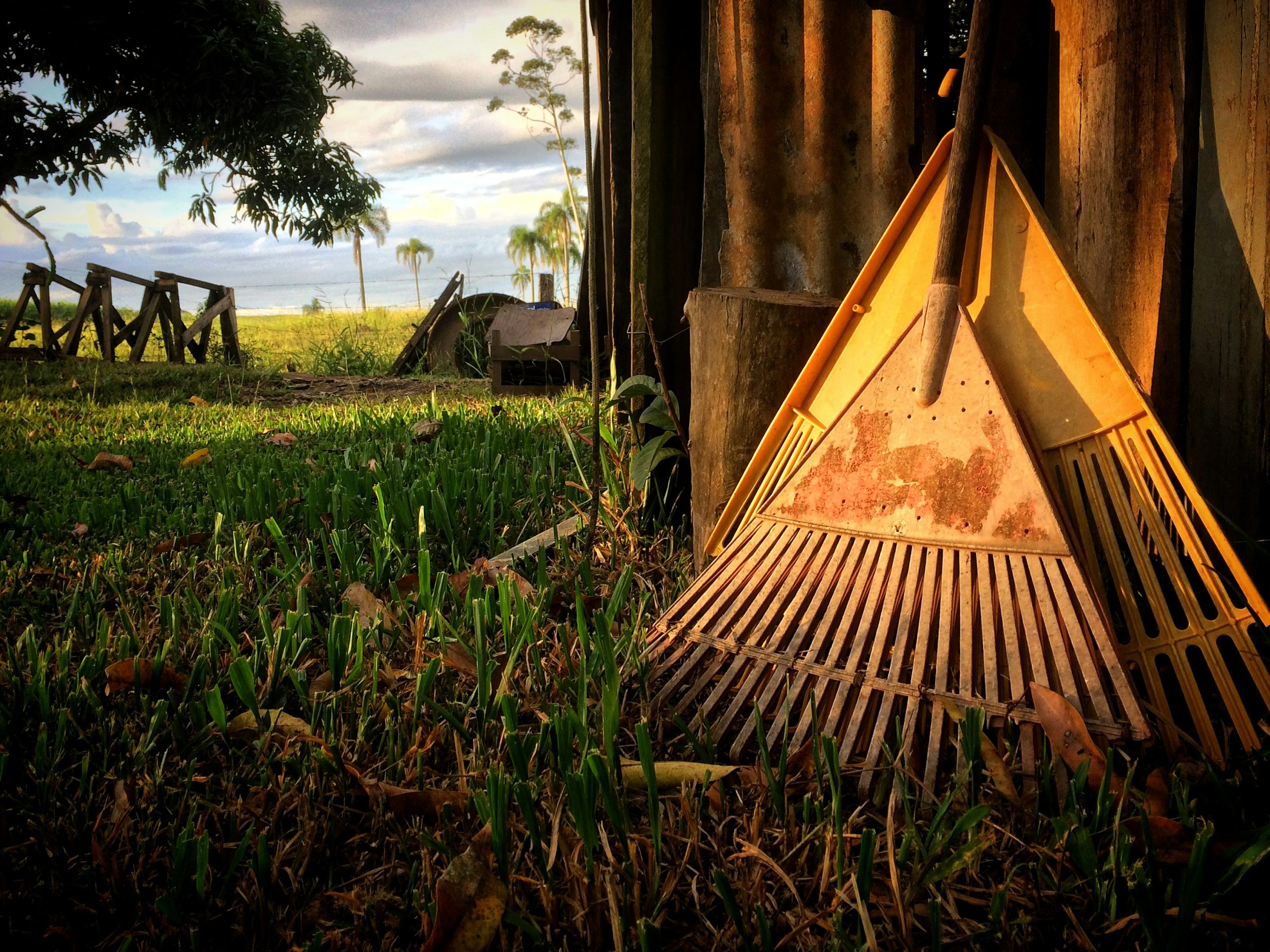Interviews
When Grief Grows Gills
Brendan Shay Basham’s novel, "Swim Home to the Vanished," traverses currents of mourning, nature, and displacement

Imagine if the suffering chef of The Bear were physically becoming, well, a bear. Imagine if in his journey through grief, he landed in a kitchen of not only underdogs but a family of warring brujas. This comes close to the mythopoetic realm of Brendan Shay Basham’s debut novel, Swim Home to the Vanished, which plumbs depths of mourning—individual, communal, historical, environmental.
When his younger brother disappears into the river, the protagonist Damien becomes convinced that he has transformed species—and now Damien himself is growing gills.
“He thinks his brother turned into a fish,” Basham says. “In his grief, he thinks that he is also turning into a fish. His first bodily reaction is to go after him.”
Damien’s flight from his loss and claustrophobic life as a chef carries him through a mystical landscape until he lands in a coastal village dealing with ruptures of its own. This includes all-too-real threats like murder and the depletion of natural resources, as well as a matriarch who may collaborate with storms that could destroy them all.
I spoke with Basham by phone, calling from his family’s home in the woods near Gallup, New Mexico, about longing for home, the forced internment and migration of his Diné ancestors, and storytelling beyond categorization.
Katie Moulton: Where did this story begin for you?
Brendan Shay Basham: On January 1, 2006, my little brother disappeared in an apparent suicide, and his body came ashore thirty days later after a big storm. This was during my final year of college, and just after I moved to Puerto Rico to run a restaurant and ended up staying, on and off for nine years. Cooking became my art. I would travel to different cities, work with different chefs, and come back with new ideas. Cooking became my outlet. I lost myself in that work. I wasn’t thinking about my brother or what I wished I was, which was a writer. In retrospect, I have no regrets. This is all part of the process of growth and really expanded my sensory vocabulary.
KM: Damien’s labor as a chef is a fraught role throughout this story, presented both as a Sisyphean torment to run from and a grounding force, even a saving grace. How did your deep experience working in kitchens find its way into the novel?
BSB: Working in a kitchen that long, you have so many thoughts to yourself, and you start to think sensorily. I have ADHD, which is just a way of perceiving. Running a kitchen is perfect: things going on the grill, throwing things in the fryer, in the oven, in the smoker, yelling at the dishwasher, meanwhile pumping out the most beautiful dishes I can think of. Even if they weren’t beautiful, they were definitely tasty. Fishermen come up to unload the fish, and I’m cutting open all these tunas and dorados. And while I’m covered in blood and guts, I’m thinking about blood and guts.
The kitchen can be a lonely place, and lonely is cool when you’re not alone. I started researching this Welsh word hiraeth, which is similar to the Portuguese word saudade, which means a longing for a home that you can’t return to or that never existed in the first place. There’s no exact direct translation, but there’s this word in Navajo—Ché’nąą’. It’s said that that’s what the elders felt on the Long Walk. Longing for a home that can’t be recaptured. I got obsessed with home: What does home mean? And Damien is coming to terms with how much of home is internal.
KM: The novel includes striking and shifting conceptions of grief, such as the idea of loss as dismemberment and that “re-membering” is an attempt to reassemble a body. How did you approach writing the experience of grief?
BSB: When I started, I was writing about all these brujas, in these crazy voices, and I didn’t know where they were coming from. At a certain point it felt like I was speaking to the past. It wasn’t that I wasn’t coming to terms with the grief of my brother but the fact that my Native American upbringing had affected me so much. My great-grandfather was born on the Long Walk in 1864. He was a medicine man and died at 104 in 1968. I wish I had the chance to meet him.
I’m a poet, so everything was coming out as metaphor. When you mine the subconscious, the meaning starts speaking to you. It took some mining. I had such wonderful early mentors, Lidia Yuknavitch and Claire Vaye Watkins, and they’re all about writing from deep, deep-rooted systems that aren’t part of the dominant system today. There’s magic in the world, and we can’t control it. To get to it, we have to dig deep. For hope, you need despair.
KM: In the novel you write, “The bees also transform, change. Abejas are brujas, brewing elixirs from regurgitated nectars. They metamorphose into adults; their mutations are encouraged. Their livelihood—their existence—depends on it.” In various traditions around the world, bees bridge the natural world and the afterlife, and bees must be notified of deaths and “put into mourning.” Bees are a recurring motif in the novel; Damien visits a “church of bees,” and he receives a gift of a jar of sleeping bees from a mystsical goatherd. What’s going on with the bees?
Working in a kitchen that long, you have so many thoughts to yourself, and you start to think sensorily.
BSB: Fun fact: Honeybees are not native to North America! There is this sense in the novel that all these characters are from the land, from nature, and their characteristics are defined by their surroundings, rather than imperialism. If you act like a wasp, for example, then you’re going to look for a tarantula to lay your eggs and drag it into a hole. I wanted characters to take on those elements. The bees are an empathetic character, like a chorus, which gives the reader a more objective view of this strange world.
KM: Speaking of this “strange world,” Damien lands in a mysterious village, “a place for grieving,” where locals take on the characteristics of fish, caimans, wasps, and more, and where powerful humans seem to have a symbiotic partnership with greater natural forces. Can you expand on how the novel’s depiction of the relationship between human characters and the natural world?
BSB: Reading The Poetics of Space, the phenomenology is similar to an Indigenous way of looking at the world, in which objects in space and time as we know them are defined by their relationship to the rest of the surrounding universe. I wanted to characterize nature as vengeful and angry and embodied, and some characters are more in tune with and directly affected by that anger than others. Thinking that we have any control or order is ultimately going to be our downfall.
KM: Can you talk about this novel as the story of a journey, and how the trajectory and your storytelling style might be connected to origin myths and histories of migration and displacement?
BSB: This is Odysseus goes on The Road to a pow-wow. [Laughs] Except there’s no pow-wow.
Sometimes it’s difficult to separate myself from Damien. The character—and the person writing that character!—was cynical. Distrustful and unsure, insecure. In this journey, he is letting nature take him away and finds some solace in letting himself go.
There’s magic in the world, and we can’t control it. To get to it, we have to dig deep.
I had to make choices about how to tell this story. I’m an autodidact and an interdisciplinary artist. In our imperialist world, we’re pressured to divide things up into these categories and genres. I’m not a big fan of conformity. I can see a spectrum and sometimes all at the same time. I included everything— Euripides mixed with how to properly fillet a red snapper or how to change a fryer—it’s the “kitchen sink method.” When you pay attention, the details start speaking to each other, and you realize it’s all one thing.
KM: One of the main characters, Paola, is described as an idiosyncratic “archivist,” collecting specimens from people, places, and moments and secreting them away. “What was once coping became compulsion.” Do you ever see yourself as a kind of archivist, and do you view narrativizing the past as a means of revivification?
BSB: Absolutely. I hate the term “collector of stories,” but I’m a listener. I have a wild imagination and my head in the clouds a lot. It’s a poetic way of looking at the world, at memories and knowledge. They become untruths every time we recall those memories.
As my teachers say, A margin is a reservation. I wanted to fight against the common tropes of American indigenous literature—the sad, drunk Indian with PTSD, for example. Damien can be a drunk Indian in some ways, but that’s not necessarily the problem that needs to be “fixed.”
Leaving the restaurant business and going to the Institute of American Indian Arts MFA program fulfilled this lifelong dream of being part of another tribe—not just a tribe of artists and writers. I’ve realized that my primary audience is my fellow Native writers. It was like going back home and realizing this is a place where I don’t have to explain myself.









